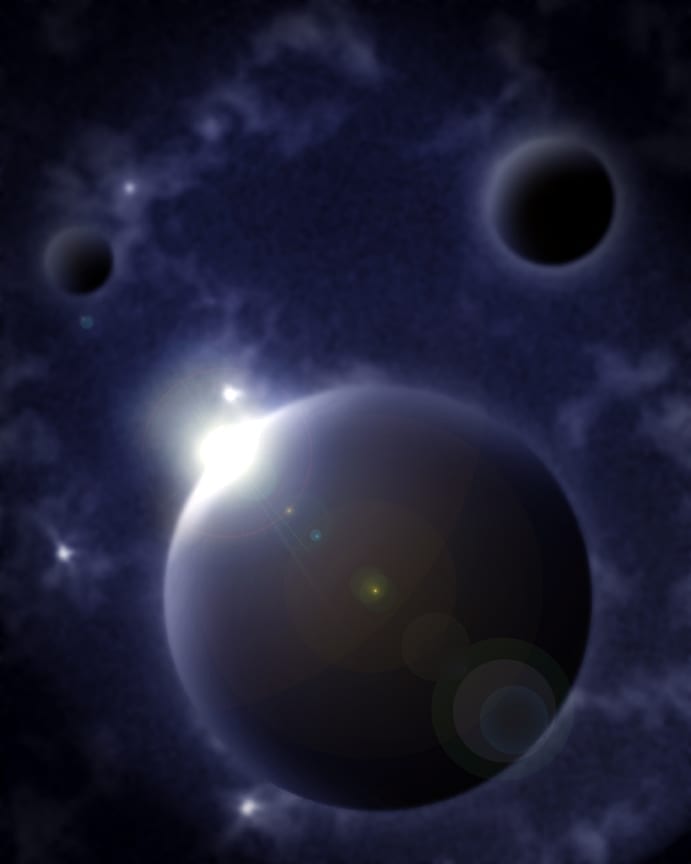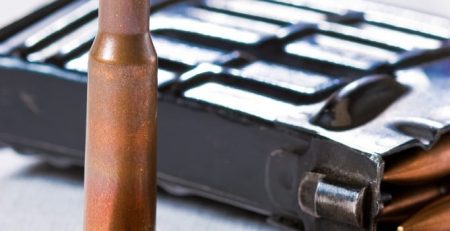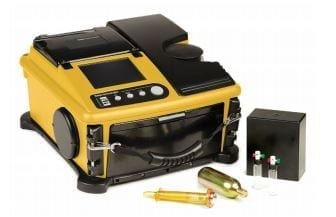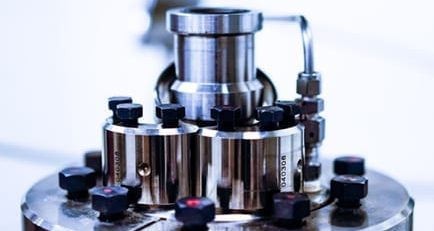ESA Unleashes Lasers Into Space And Get Incredible Data In Return
In January 2013, the Lunar Reconnaissance Orbiter received a historic transmission: an image of the Mona Lisa. It was the first time scientists used a laser to send data to the moon, a feat that promises to exponentially increase the flow of information to and from space. For the past 50 years, spacecraft have relied on radio waves to communicate with Earth. But radio has limitations. Airwaves are crowded. Signals degrade with distance, so transmissions require power-hungry generators and large antennas. Focused laser light operates in wavelengths 10,000 times shorter than radio, pumping out more waves—and more information—each second. Lasers maintain signal strength across large distances, so transmitters require less power. And spacecraft carrying smaller receivers would be cheaper to launch.
In October, the Lunar Atmosphere and Dust Environment Explorer (Ladee) performed another successful test in which it beamed laser pulses containing high-definition video between three different Earth receivers. The European Space Agency’s Alphasat, launched in July, will use lasers to relay data from other satellites observing Earth. And NASA engineers have begun to construct the next-generation system, the Laser Communications Relay Demonstration, to launch in 2017. If space-based laser communication works—and there’s little reason to believe it won’t—it could change how humans explore the solar system. Rovers could pack extra tools and beam back more sophisticated data. High-Def video streaming could enable scientists to track storms on Saturn as they do on Earth. And astronauts could Skype home. Dave Israel, lead investigator for the laser relay team at Goddard Space Flight Center, puts it this way: “This jump is an equivalent order of magnitude from dial-up Internet to high-speed into your house.” –Rebecca Boyle
By: Kate Baggaley & Mac Irvine














